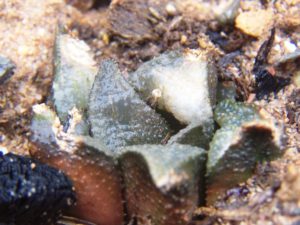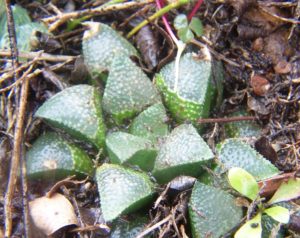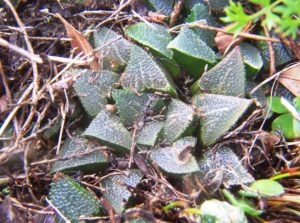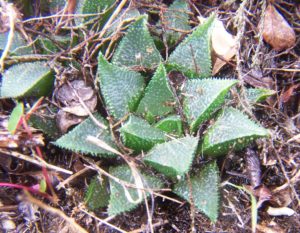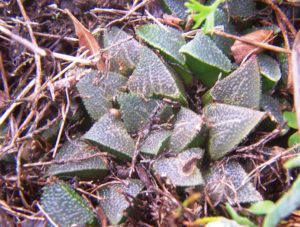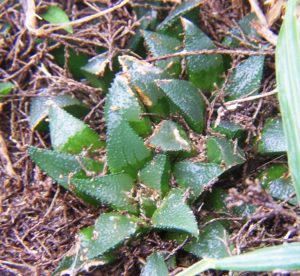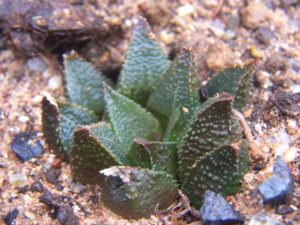35. 2019.6.9 – A great big album of variants SW Tradouw. I have multiple flower pictures of most of these populations and I should really put them all together as for the Update Vol 8. But journal editors and writers do not want to be persuaded. As Benjamin Franklin said “A man persuaded against his will, is of the same opinion still.” I reflect on how in 1970 going through all those very muddled pictures of G.G. Smith, that I was sure that his Buffeljags pictures held a major key to understanding the Haworthia of the southern Cape.


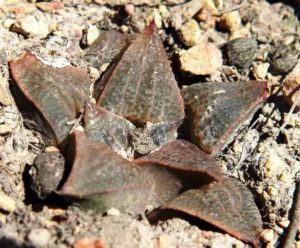
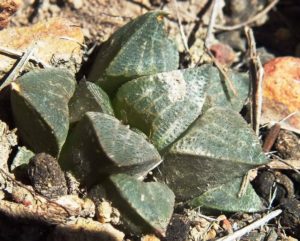
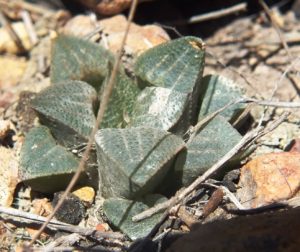
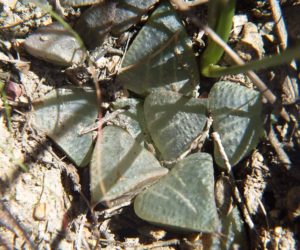
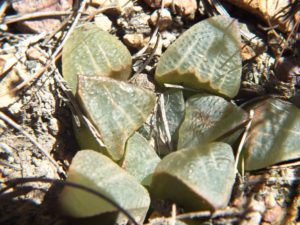
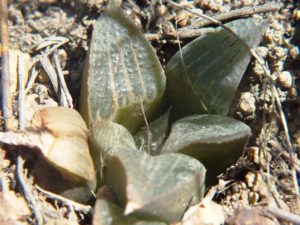
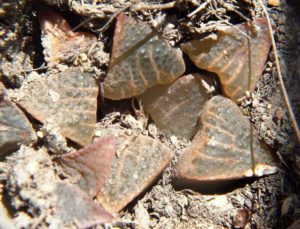
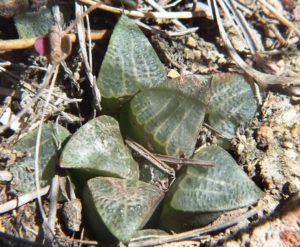
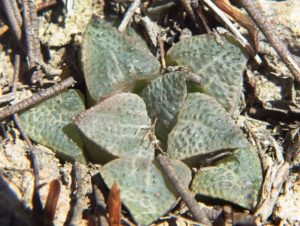
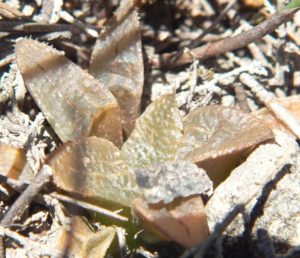
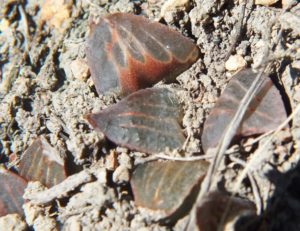
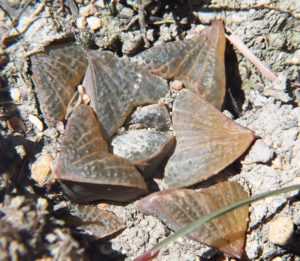
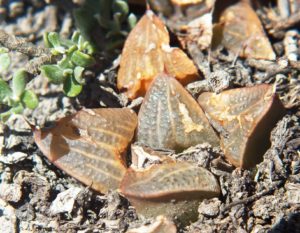

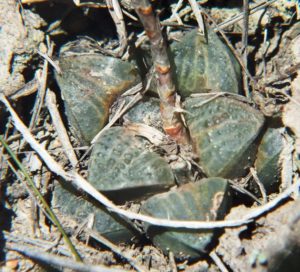
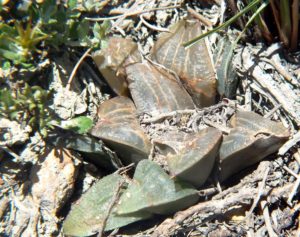
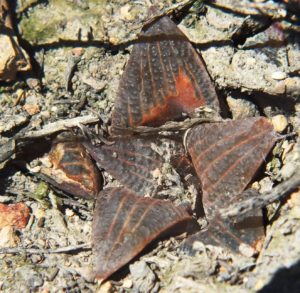
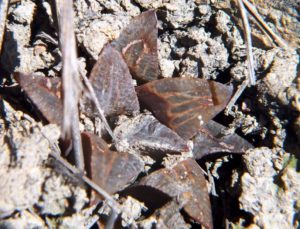
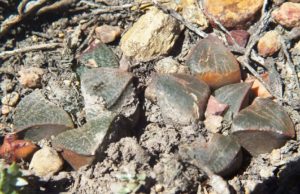
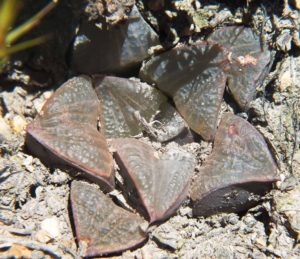
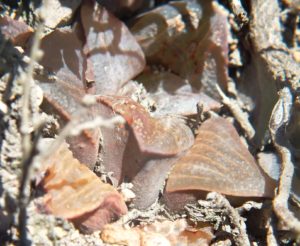
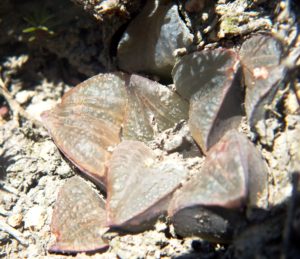

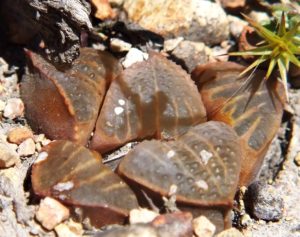
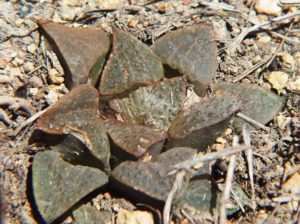
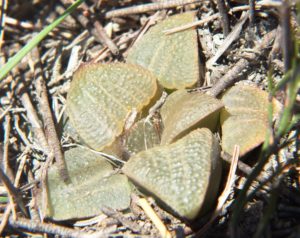

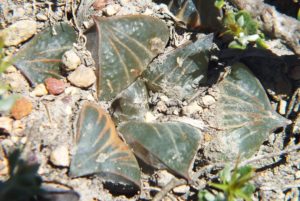
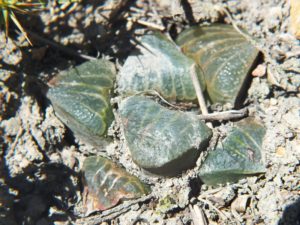
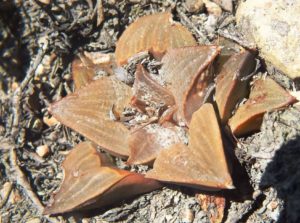
2019.6.9 – Many years ago there was a debate about classification being science or art. It sure is confusing because you just have to look at the qualifications of people who have dabbled in Haworthia classification to see a problem. It has included bus-drivers, engineers, traffic policemen, accountants, artists, musicians, librarians, human resource managers, doctors, bookkeepers and more. Where botanists have been involved the end-product has not been much better. Now to our detriment science as DNA sequencing, has got a stranglehold on the subject that is not going to be shaken off.
Apurva Sukant: Dear Bruce, I imagined the DNA sequencing would be the holy grail in identification and classification. Why do you suggest that it will be to our detriment? Thanks for the post and clarification.
Bruce Bayer: It is to our detriment because it is so difficult for anyone to question the result. Also it is quite clear that for genera like Haworthia the degree of difference is just too small. Finally there seems to be a problem in that people doing the DNA studies are not field familiar with the plants and are not considering the results in respect of the observable.
A problem for me with DNA sequencing is that the result is presented as a phyllogram (cladogram, dendrogram, branching tree) just as the old diagrams of evolutionary steps. The only difference is that the stem is on the left and the end-points of the branches on the right. I see this as a representation of a process in time where time is represented by the left-to-right, and the branch end-points then represent the “species” in space? If this is so, it simply cannot work because space has a minimum of two dimensions. Only once have I had a botanist say it can’t work because species are reticulate – they do not proceed on a linear evolutionary path? Anyway, who really knows if evolution is fact, science fiction, or change with time of a spontaneous creation?
36. 2019.6.10 – S Zuurbraak, SW of Tradouw. The clay here is different and the plants have lost that dark colouration.

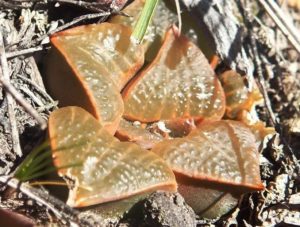
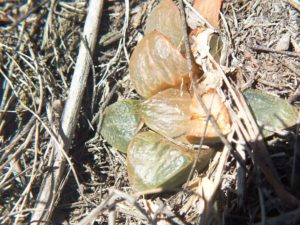

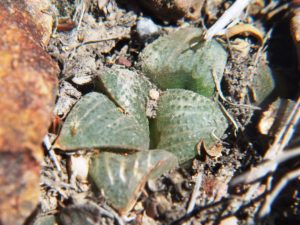
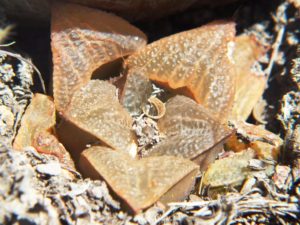
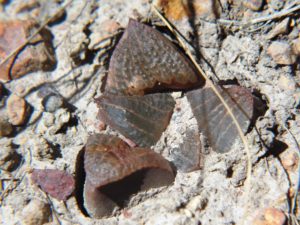

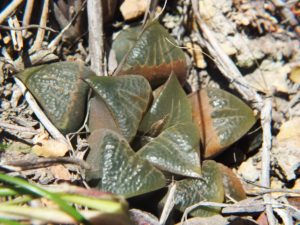
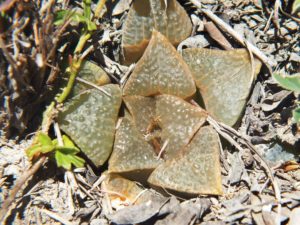

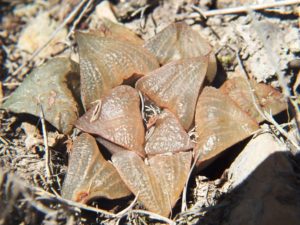
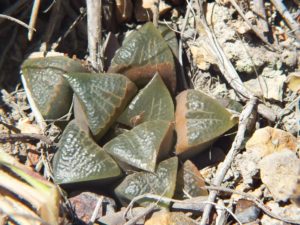
37. 2019.6.11 – Not very far from the previous population, and a significant discovery is that I do not know as much about the geology or the origins of these Haworthia as I might have thought. Essentially this place is about the highest and oldest remnant of the African terrace. The high backwater of the Buffeljags River. That is Steven’s job to explain someday? Beautiful plants!
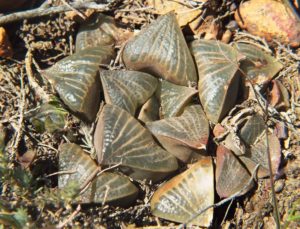
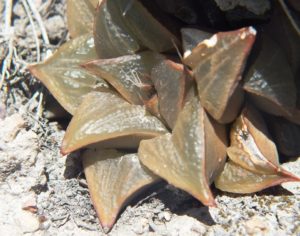

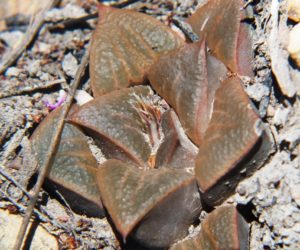
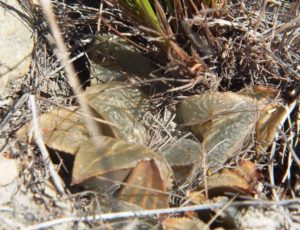
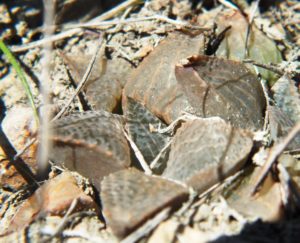
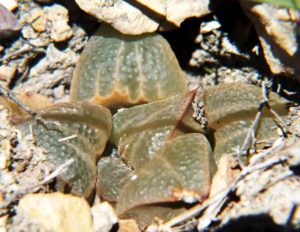
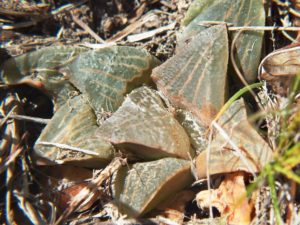
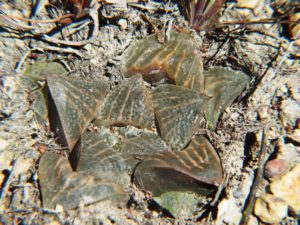
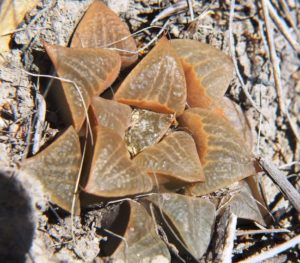

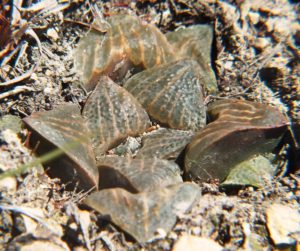
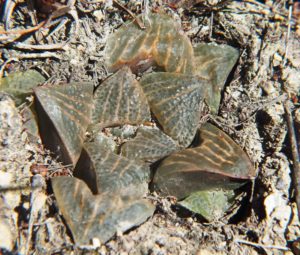
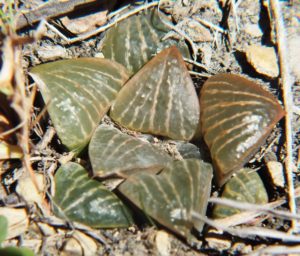
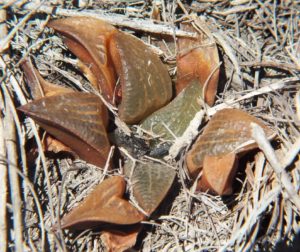

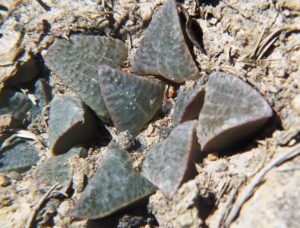
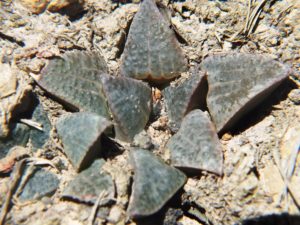
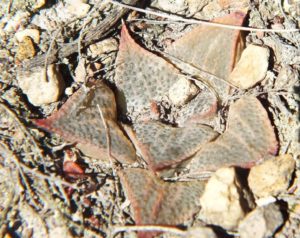
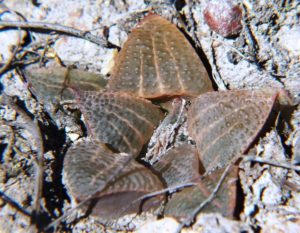
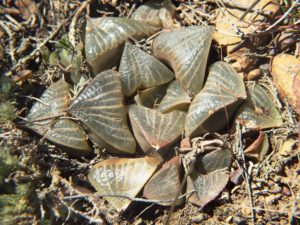
I have to continually remind myself what I am doing. I am explaining that you cannot take bits here and bits there and sprinkle Latin binomials around like confetti to fool everyone into thinking you know something. All these populations and the plants, need to fit a single narrative. Using peoples names to generate a support base for yet another fable is not appropriate. I would remind readers of the story of H. serrata Bayer. There is no way that I feel mistaken in describing it as new except when I found it again where H. rossouwii of von Pellnitz must have come from. Even Ingo Breuer took me remiss for making the connection. This amply demonstrates the illusion of a type and a description as forming some kind of unshakeable truth.
38. 2019.6.12 – More from SW Tradouw – is there any genus that has this extraordinary variation?
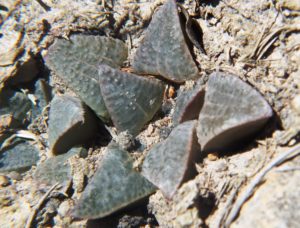
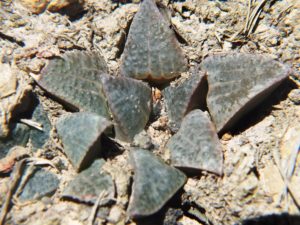
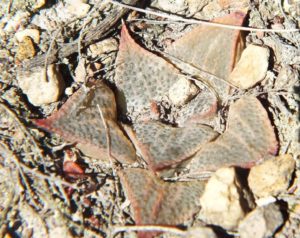
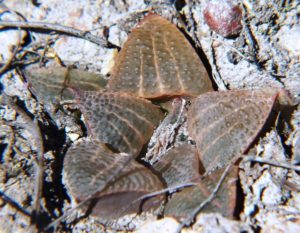
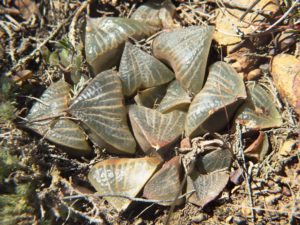
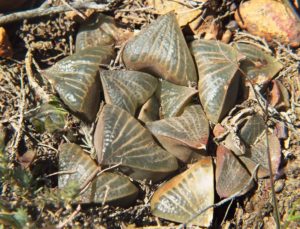
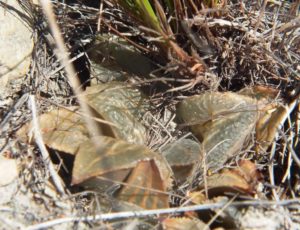
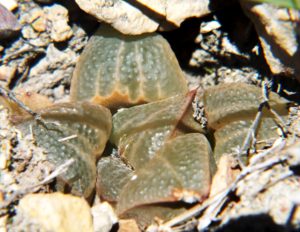
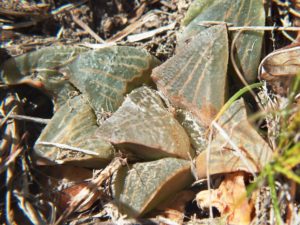
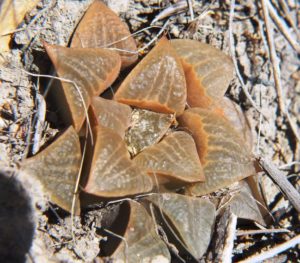
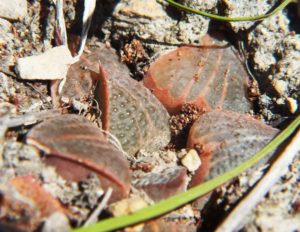

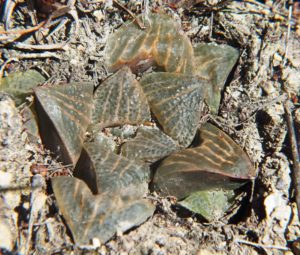
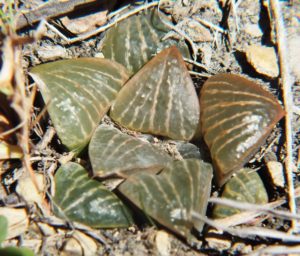
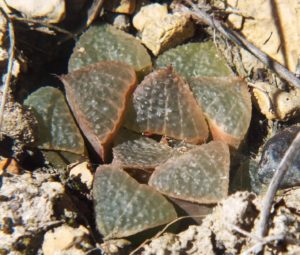
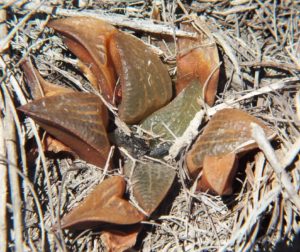
39. 2019.6.13 – Moving 3km southwards and dropping down 150m to the eroded flat wheat areas one comes to expect something different. This is one of many of the small mirabiloids, none the same. When I wrote the revision in 1996 very little was known about them and they existed in a few populations known as H. heidelbergensis. Very common indeed from east of Riversdale to Riviersonderend and morphing out of that in all directions to still other versions. ♦
